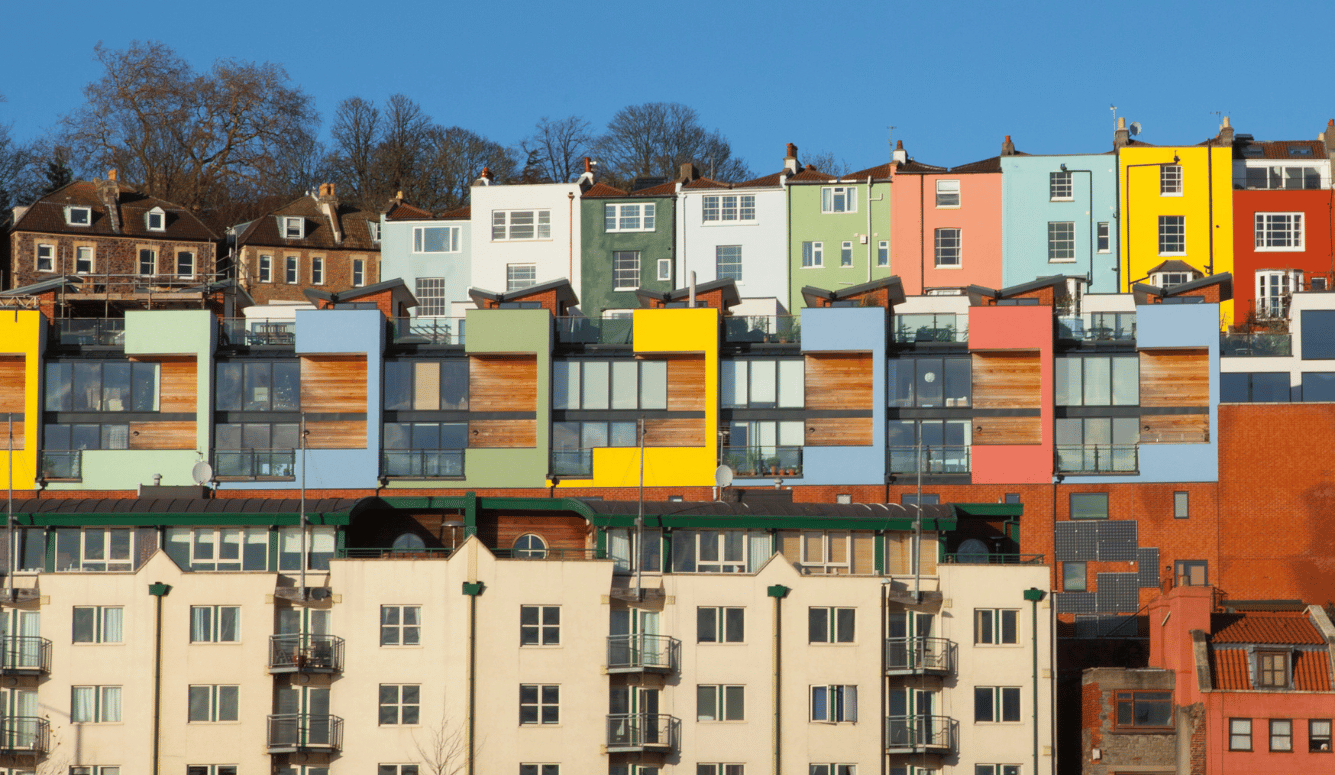housing
Fixing Our Housing Crisis
How a house pricing guarantee could encourage homeowners to accept higher-density neighbourhoods.

In major cities across the world’s richest democracies, housing affordability has become an intractable problem. For the last thirty years, slowly but surely, house prices have been rising faster than household incomes. In the US, the UK, and Australia, the housing crisis is the defining political failure of our time. As Ezra Klein and Derek Thompson argue in their new book Abundance, the inability of democracies to build enough homes and supporting infrastructure doesn’t just threaten our housing markets, it raises fundamental questions about our political system’s ability to handle modern economic challenges.
In the 1990s, house prices were less than three times household incomes in most housing markets across liberal democratic countries. Now in the US, the median price-to-income multiple has risen to 4.8. And that’s when you take the country as a whole. When you break it down by cities, the US has five “impossibly unaffordable markets” and seventeen “severely unaffordable markets,” according to the latest Demographia report. The problem is worst in California, with Miami not far behind. New York City isn’t great, with house prices seven times incomes, but perhaps not as bad as you’d expect.
If the theory is that democratic institutions make building hard, this tracks. Robert Moses, who transformed New York’s housing and highway infrastructure, famously bypassed community opposition by establishing planning authorities that shielded him from voter pressure. And at least in America, each state can experiment with different policy settings. California is clearly struggling to balance having a booming economy with providing enough houses for everyone. Luckily, while their leaders figure it out, people can migrate to emerging tech hubs like Austin, Texas, where houses are much cheaper.
This isn’t so easy in the UK. Unfortunately, Britain’s increasingly London-centric economy means there’s no serious alternative taking pressure off the capital’s housing market. Affordability across Greater London has deteriorated dramatically and it’s not much better elsewhere around the country. While American homes cost around a third more to buy than to build, the average UK house price is double the cost of building it.

You’d think the situation would be better in Australia, a country with lots of land and a government system widely considered one of the most effective in the world at meeting its policy goals. Yet, Sydney and Melbourne are the second and seventh least affordable cities on the planet. Our high net overseas immigration—we added nearly 400,000 people last year, accounting for around eighty percent of our population growth—puts pressure on housing markets, especially in major cities. International students alone add hundreds of thousands of new residents each year, intensifying competition for limited housing stock. Yet reducing immigration across the board isn’t necessarily the right response: some migrants fill critical gaps in the labour market, particularly in sectors like healthcare and education. Countries like South Korea, Japan, and Italy—where low fertility and tight immigration rules leave fewer young workers to replace a fast‑ageing labour force—show that turning the migration tap off can create economic problems far worse than those created by an overheated housing market.
Australia’s challenge isn’t primarily how many migrants arrive, but which skills they bring. We import plenty of people who need homes, yet too few who build them—only 24 percent of construction workers were born overseas, compared to 32 percent of the total workforce. A more targeted “tradie visa” for carpenters, bricklayers, and sparkies could tilt that ratio the right way without shrinking overall intake.
Yet while the US, the UK, and Australia each wrestle with their own demand-side pressures—from California’s tech boom to London’s dominance and Australia’s migration levels— they share a deeper flaw: None has yet found a democratic way to expand housing supply at the pace prosperity demands.






